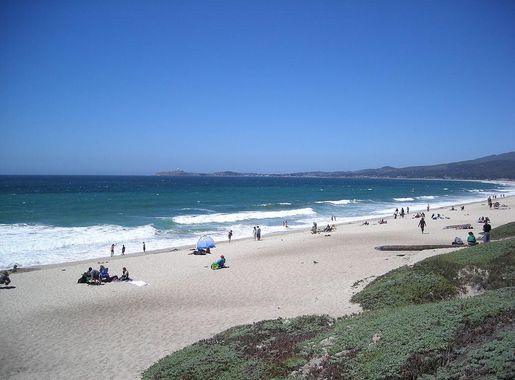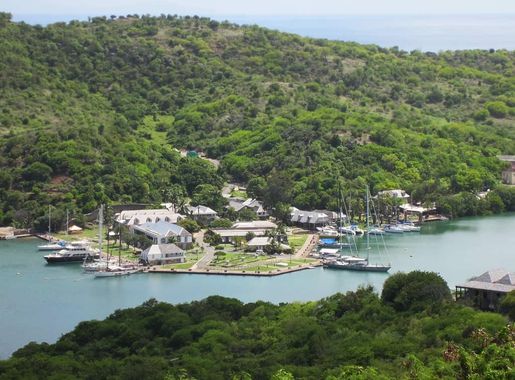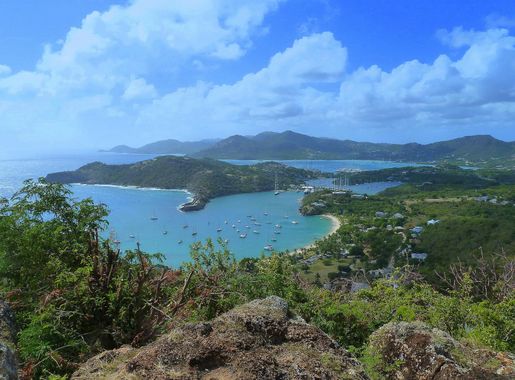
Half Moon Bay: The Hidden Gem of Antigua and Barbuda
Discover the untouched beauty of Half Moon Bay in Antigua and Barbuda, a tranquil oasis with crystal-clear waters, vibrant marine life, and stunning natural landscapes.
Half Moon Bay in Antigua and Barbuda is a pristine beach paradise that offers a serene escape from the hustle and bustle of everyday life. Nestled on the southeastern coast of Antigua, this crescent-shaped bay boasts powdery white sand and crystal-clear turquoise waters. The untouched natural beauty of the bay makes it a perfect spot for relaxation and rejuvenation. The calm and shallow waters are ideal for swimming, snorkeling, and paddleboarding. Marine life thrives in the bay, offering visitors a chance to explore vibrant coral reefs and encounter colorful fish. For those who prefer to stay on land, the beach is perfect for sunbathing, picnicking, and long, leisurely walks. Half Moon Bay is also home to a national park, providing ample opportunities for nature lovers to explore lush greenery and diverse wildlife. The park's trails offer breathtaking views of the Caribbean Sea and the surrounding landscape. Whether you are an adventurer or someone seeking tranquility, Half Moon Bay has something for everyone.
Local tips in Half Moon Bay
- Visit early in the morning to avoid crowds and enjoy the peaceful surroundings.
- Bring your own snorkeling gear to explore the vibrant coral reefs.
- Pack a picnic as there are limited dining options nearby.
- Wear sturdy shoes if you plan to hike the trails in the national park.
- Don't forget sunscreen and a hat to protect yourself from the strong Caribbean sun.
Half Moon Bay: The Hidden Gem of Antigua and Barbuda
Half Moon Bay in Antigua and Barbuda is a pristine beach paradise that offers a serene escape from the hustle and bustle of everyday life. Nestled on the southeastern coast of Antigua, this crescent-shaped bay boasts powdery white sand and crystal-clear turquoise waters. The untouched natural beauty of the bay makes it a perfect spot for relaxation and rejuvenation. The calm and shallow waters are ideal for swimming, snorkeling, and paddleboarding. Marine life thrives in the bay, offering visitors a chance to explore vibrant coral reefs and encounter colorful fish. For those who prefer to stay on land, the beach is perfect for sunbathing, picnicking, and long, leisurely walks. Half Moon Bay is also home to a national park, providing ample opportunities for nature lovers to explore lush greenery and diverse wildlife. The park's trails offer breathtaking views of the Caribbean Sea and the surrounding landscape. Whether you are an adventurer or someone seeking tranquility, Half Moon Bay has something for everyone.
When is the best time to go to Half Moon Bay?
Iconic landmarks you can’t miss
Heritage Quay Complex
Discover the vibrant Heritage Quay Complex in St. John's, Antigua, where shopping meets culture in a picturesque Caribbean setting.
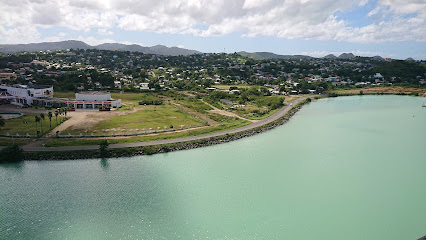
Nelson's Dockyard
Explore the captivating history and scenic beauty of Nelson's Dockyard, a UNESCO World Heritage site in Antigua, rich with maritime heritage.
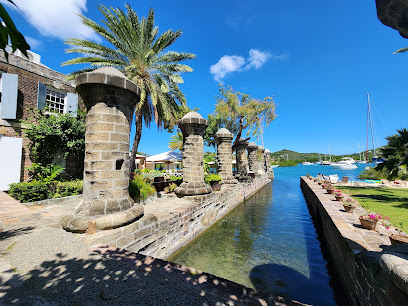
Stingray City Antigua
Experience the thrill of swimming with stingrays in the stunning waters of Antigua, a unique adventure for every traveler.
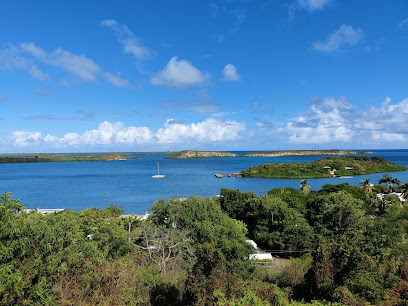
Redcliffe Quay
Explore Redcliffe Quay in St. John's, Antigua, where shopping, dining, and local culture come together in a colorful Caribbean setting.
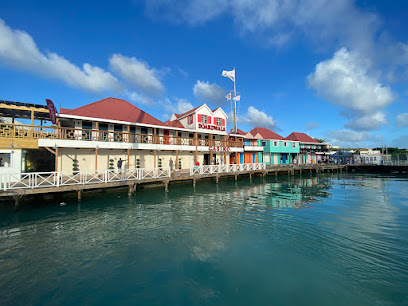
Shirley Heights Lookout
Experience breathtaking views, vibrant sunsets, and delicious local cuisine at Shirley Heights Lookout in Antigua.
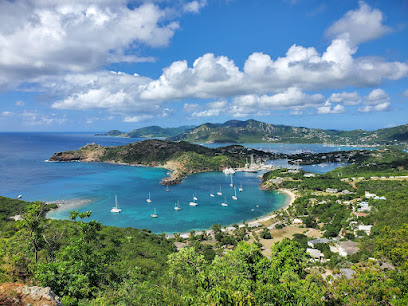
Devil's Bridge National Park
Experience the enchanting beauty and rich history of Devil's Bridge National Park, a must-see natural wonder in Antigua and Barbuda.
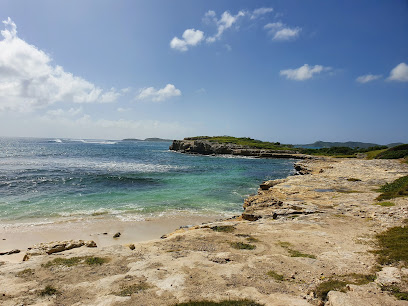
Galleon Beach
Discover the breathtaking beauty of Galleon Beach in Antigua, where soft sands and turquoise waters create the ultimate Caribbean getaway.
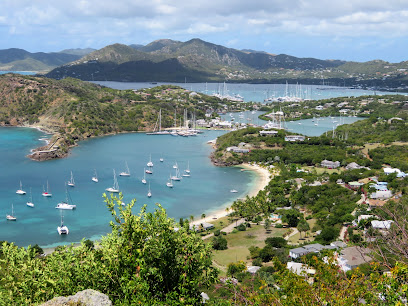
Pigeon Point Beach
Discover the beauty of Pigeon Point Beach in Antigua, where soft sands meet crystal-clear waters, creating the ultimate tropical escape.
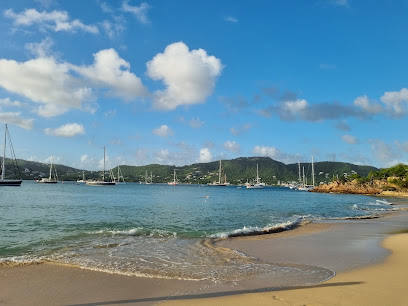
Sheer Rocks
Experience fine dining and vibrant nightlife at Sheer Rocks, a premier restaurant and bar in Antigua with stunning views and delectable tapas.
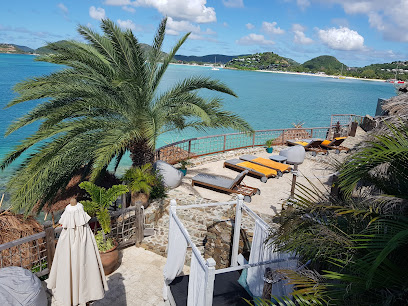
The Blockhouse
Discover the historical significance and breathtaking views at The Blockhouse in Piccadilly, Antigua, a must-see for every traveler.
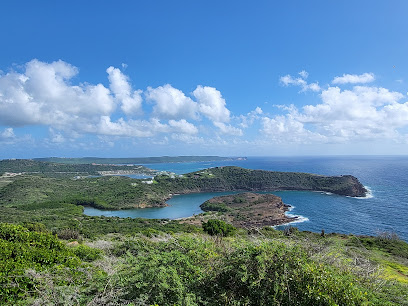
VC Bird Monument
Experience the VC Bird Monument in St. John's, a symbol of Antigua and Barbuda's rich history and national pride, perfect for every traveler.
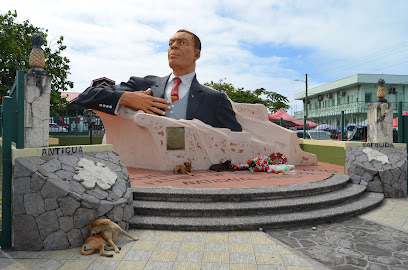
Dickenson Bay Beach
Experience the serene beauty of Dickenson Bay Beach in Antigua, where golden sands meet crystal-clear waters for an unforgettable tropical getaway.
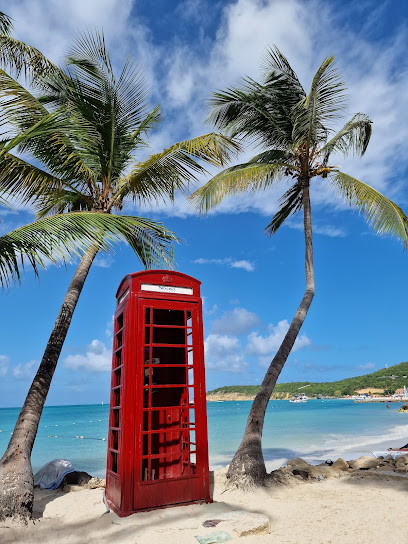
Museum of Antigua and Barbuda
Explore the rich history and vibrant culture of Antigua and Barbuda at the Museum of Antigua and Barbuda, a captivating tourist attraction.
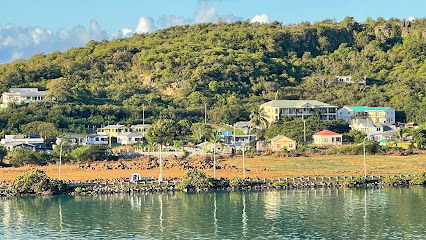
Dow's Hill Interpretation Centre
Uncover the rich history and stunning views at the Dow's Hill Interpretation Centre, a premier destination in Antigua for culture and nature lovers alike.

Half Moon Bay Beach
Experience the serene beauty and vibrant culture of Half Moon Bay Beach in FreeTown, where relaxation and adventure meet in the Caribbean.
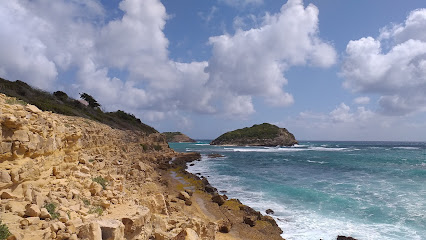
Unmissable attractions to see
Scooter Snorkeling Antigua
Discover the beauty of Galleon Beach Resort in English Harbour, a haven for water sports, stunning scenery, and local culture in Antigua.
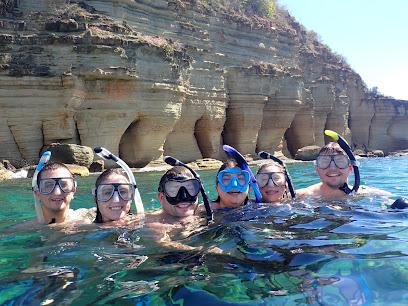
Proper Snapper beach chair rental
Discover the ultimate beach relaxation at Proper Snapper Beach Chair Rental, where sun, sand, and comfort meet in paradise.
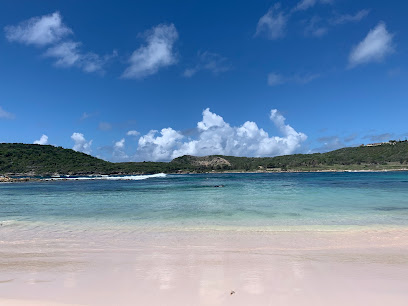
Isaac Hill
Discover the serene landscapes and diverse wildlife at Isaac Hill Nature Preserve in Piccadilly, a perfect retreat for nature lovers and outdoor enthusiasts.
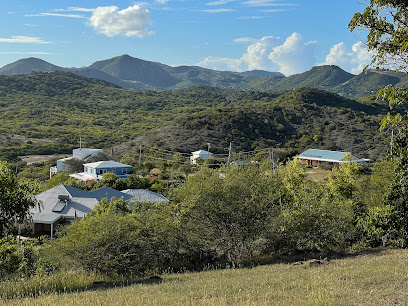
Fort Willaim
Explore the historic Fort William in FreeTown, a stunning fortress with breathtaking views and rich Caribbean history.
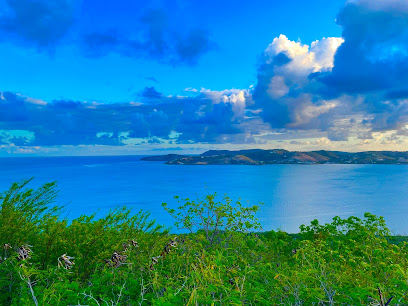
La scogliera di Half Moon Bay Antigua
Experience the serene beauty of La Scogliera di Half Moon Bay, Antigua's hidden natural gem, perfect for relaxation and exploration.
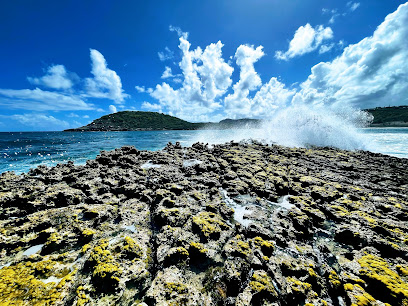
The Ranch
Discover the serene beauty of The Ranch in Parham, a tranquil park perfect for nature lovers seeking relaxation and picturesque scenery.
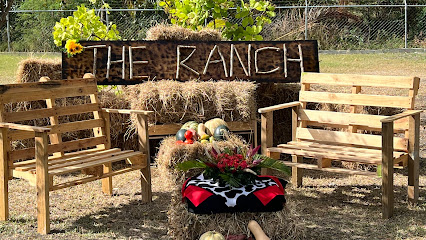
Nonsuch Bay Emerald Cove
Explore the serene beauty of Nonsuch Bay Emerald Cove, a tranquil paradise in Antigua with stunning beaches and vibrant marine life.
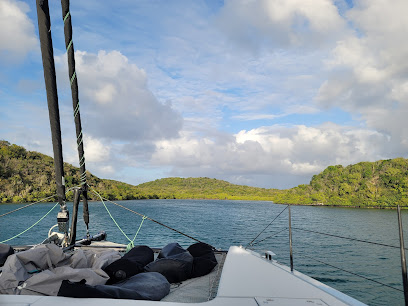
Essential places to dine
Shirley Heights Lookout
Experience stunning views and delicious cuisine at Shirley Heights Lookout in English Harbour - a must-visit destination in Antigua.
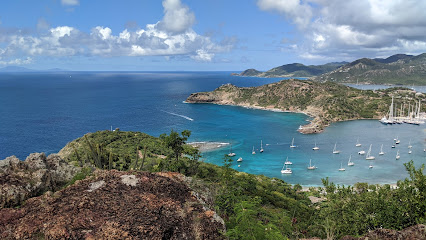
Al Porto
Experience authentic Italian cuisine at Al Porto in Jolly Harbour – where every meal feels like a vacation.
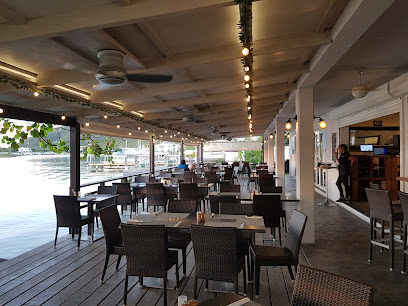
Ana's On The Beach
Experience exquisite dining at Ana's On The Beach in Antigua—where delicious cuisine meets stunning ocean views.
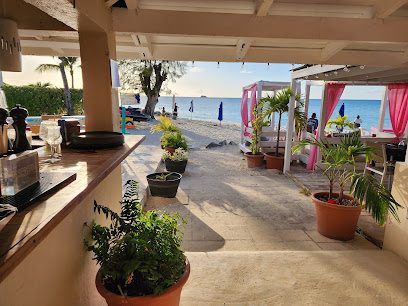
Sheer Rocks
Discover Sheer Rocks in Antigua: A stunning fine dining experience with breathtaking views over Ffryes Beach.
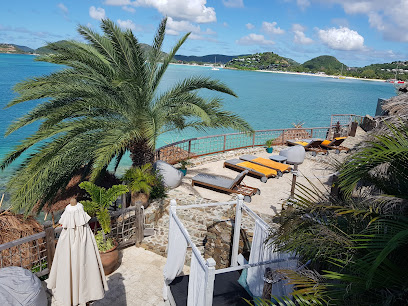
Bay House Restaurant & Bar
Discover the perfect family-friendly dining experience at Bay House Restaurant & Bar in Antigua—enjoy delightful breakfasts with stunning views.
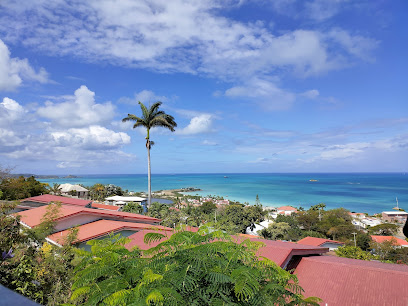
The Nest -Beach Bar, Antigua
Discover tropical bliss at The Nest Beach Bar in Antigua—where delicious grilled meals meet breathtaking ocean views.
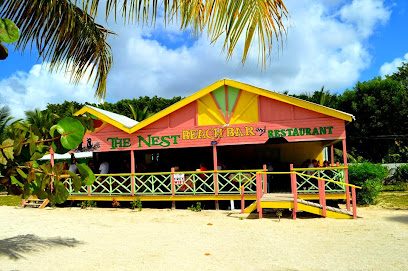
Hemingway's Caribbean Cafe
Experience authentic Caribbean cuisine at Hemingway's Cafe in Antigua, where every dish tells a story of local flavors.
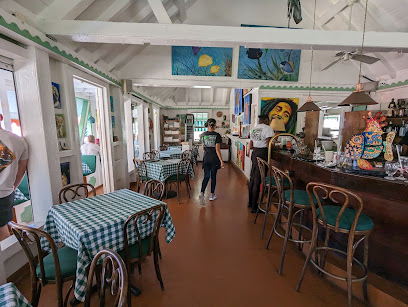
Cutie's
Experience authentic Antiguan flavors at Cutie's - where every dish tells a story in the heart of St. John's.

Papa Zouk
Experience fresh seafood with a Caribbean flair at Papa Zouk in Dickenson Bay – a must-visit dining destination in Antigua.

Ffryes Beach Bar/ Dennis Restaurant
Experience authentic Caribbean flavors at Ffryes Beach Bar/Dennis Restaurant on stunning Ffryes Beach in Saint Mary.
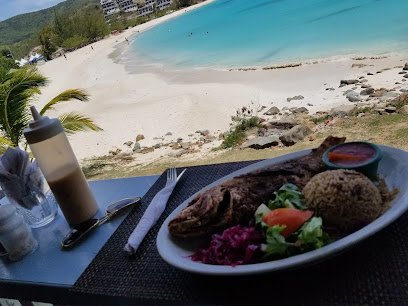
Beachlimerz
Discover culinary delights at Beachlimerz while enjoying breathtaking views of Fort James Beach in St. John's, Antigua.
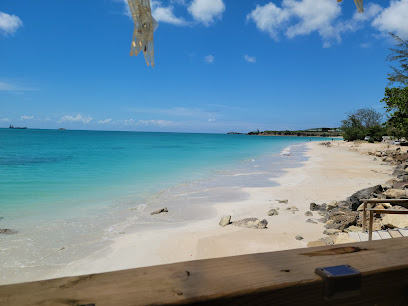
Catherines Café
Experience authentic French cuisine at Catherines Café in Piccadilly – where every meal is a celebration of flavor and culture.

Garden Grill
Experience authentic Antiguan cuisine at Garden Grill - where fresh flavors meet warm hospitality in a stunning setting.
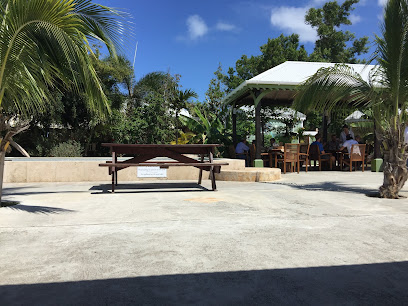
OJ's Beach Bar and Restaurant
Experience authentic Caribbean flavors at OJ's Beach Bar and Restaurant with stunning sea views in Urlings, Antigua.

Half Moon Bay Beach
Experience tranquility at Half Moon Bay Beach—Antigua's scenic jewel featuring stunning beaches and vibrant Caribbean culture.
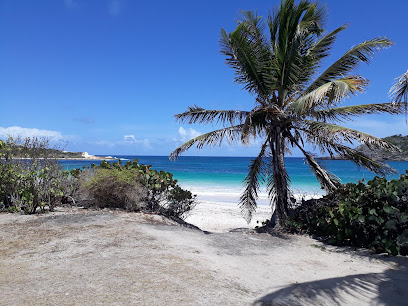
Markets, malls and hidden boutiques
Heritage Quay Complex
Heritage Quay Complex: Your ultimate shopping and dining destination in St. John's, Antigua, blending culture, cuisine, and Caribbean charm.
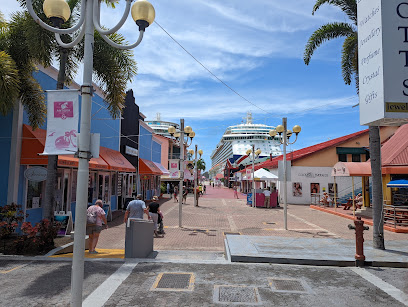
Redcliffe Quay
Discover the charm of Redcliffe Quay in St. John's, Antigua - a vibrant shopping destination brimming with local crafts, delicious eateries, and lively culture.
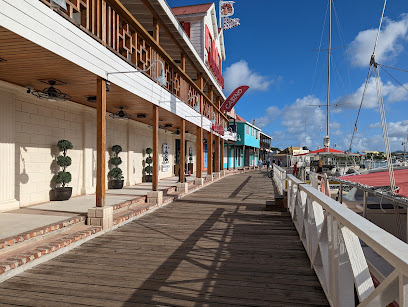
Half Moon Bay Beach
Half Moon Bay Beach: A Caribbean paradise featuring golden sands, turquoise waters, and delicious local cuisine awaits your exploration.
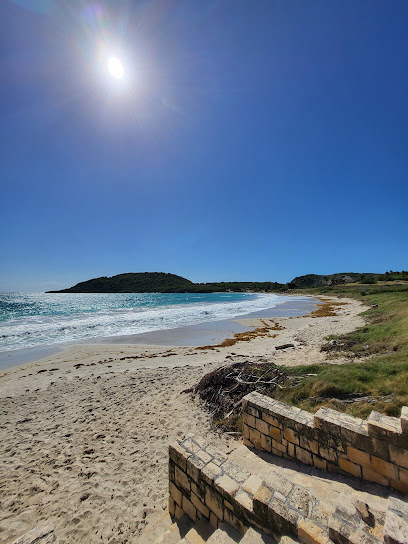
Fresh & Eazy Neighbourhood Grocery
Explore the best of local grocery shopping at Fresh & Eazy Neighbourhood Grocery in St John's, offering fresh produce and unique Antiguan products.
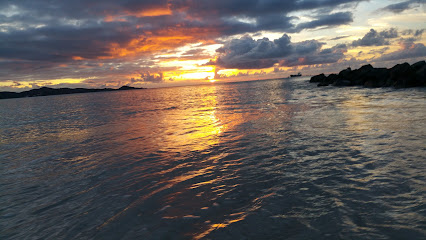
Vendor's Mall
Explore Vendor's Mall, a lively shopping hub in St. John's, offering unique local goods and a vibrant cultural experience for every traveler.
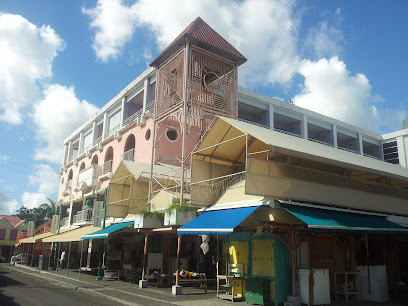
Zemi Art Gallery
Explore Zemi Art Gallery for unique, handcrafted Antiguan art and souvenirs, showcasing the creativity of local artisans in a charming setting.
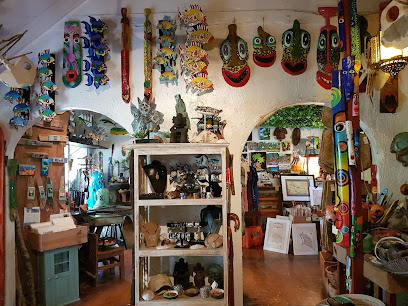
Exotic Antigua
Explore vibrant local fashion at Exotic Antigua, your go-to clothing store for stylish Caribbean attire in the heart of St. John's.
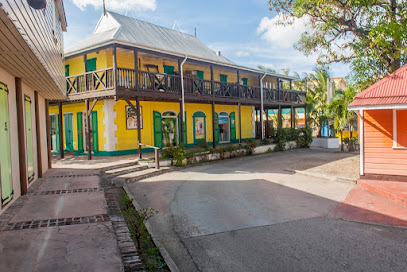
Diamonds International
Explore the elegance of Diamonds International in St. John's, where luxurious jewelry and exceptional service create unforgettable memories.
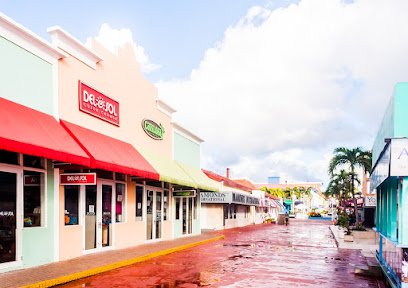
The Posh Pirate Antique Store
Discover unique treasures and nostalgic artifacts at The Posh Pirate Antique Store in Liberta, a must-visit for antique lovers and collectors.

Dickies Clothing Store
Discover the essence of Caribbean fashion at Dickies Clothing Store in St John's, offering a unique blend of local style and international trends.

BALLOON OCCASIONS Decorating Service And Party Store
Transform your celebrations with Balloon Occasions – Antigua's premier party store for stunning decorations and unforgettable events.
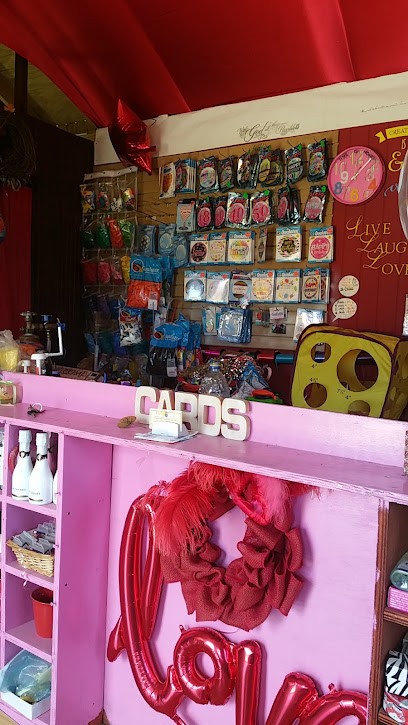
Abbott's Jewellery & Perfumery
Explore Abbott's Jewellery & Perfumery in St. John's for exquisite jewelry and fragrances, perfect for gifts and memorable keepsakes.

The Cotton House
Discover unique Caribbean fashion at The Cotton House in Piccadilly, where vibrant local styles meet friendly service.

Britt Shop Aeropuerto Antigua
Discover unique gifts, local chocolates, and authentic souvenirs at Britt Shop Aeropuerto Antigua, your one-stop shop at the airport.
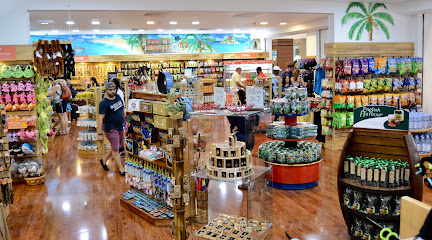
People's Place
Explore People's Place in FreeTown for a unique shopping experience, featuring local goods, friendly staff, and a taste of Antiguan culture.
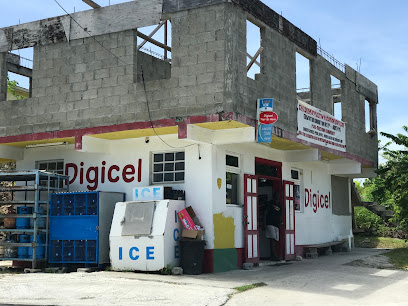
Essential bars & hidden hideouts
The Nest -Beach Bar, Antigua
Discover the essence of Caribbean dining at The Nest Beach Bar in Antigua, where grilled delights meet stunning ocean views.
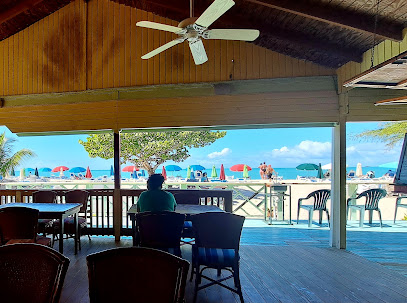
Half Moon Bay Beach
Experience the breathtaking beauty and serenity of Half Moon Bay Beach, a tropical paradise in Antigua perfect for relaxation and adventure.
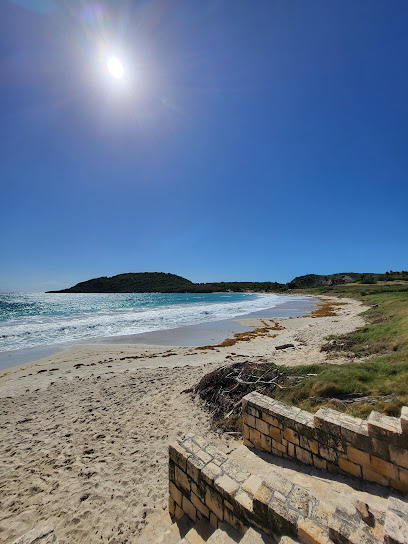
Road House Restaurant And Bar
Discover delicious Caribbean cuisine at Road House Restaurant And Bar, where vibrant flavors meet a welcoming atmosphere in Antigua.
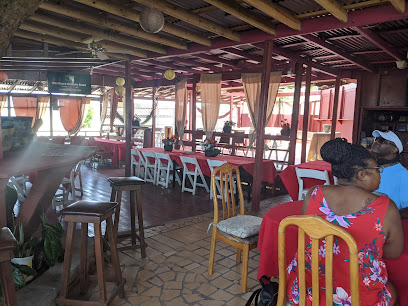
Beach Bum Bar & Cafe
Experience the laid-back vibes of Beach Bum Bar & Cafe, a perfect tropical retreat with refreshing drinks and local flavors in FreeTown.
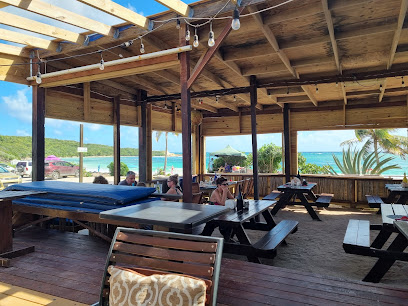
Kon Tiki Bar and Grill
Savor delightful grilled dishes in a vibrant Caribbean setting at Kon Tiki Bar and Grill, a must-visit spot in St. John's.
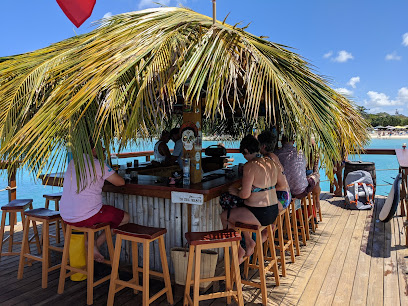
Loose Cannon Beach Bar
Experience the perfect blend of fine dining, refreshing cocktails, and stunning beach views at Loose Cannon Beach Bar in English Harbour.
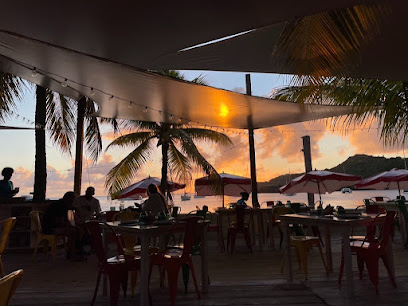
Skullduggery's Cafe
Discover the lively atmosphere and delightful drinks at Skullduggery's Cafe in Piccadilly, a must-visit bar for tourists seeking fun and flavor.
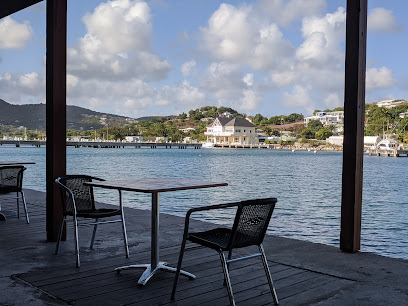
Garrot Blacks Bar & Lounge
Discover the vibrant nightlife at Garrot Blacks Bar & Lounge in English Harbour, where stunning views and crafted cocktails await every visitor.
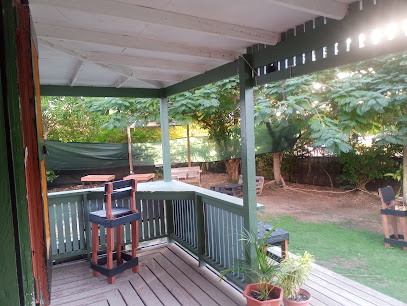
Smiling Harry's Thirst Quencher
Experience the vibrant flavors and breathtaking views at Smiling Harry's Thirst Quencher, your tropical dining oasis in Antigua and Barbuda.
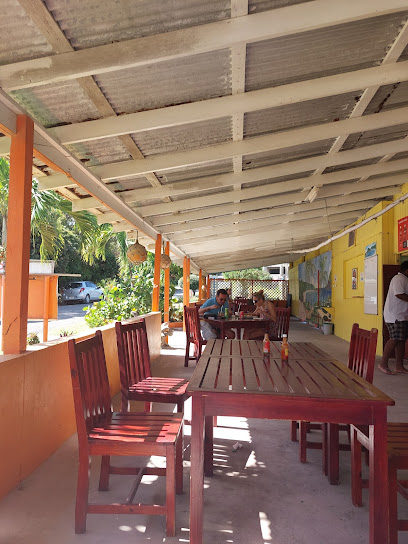
The Lime
Experience the vibrant nightlife at The Lime, a must-visit bar in English Harbour offering great drinks and a lively atmosphere.

That's Life
Experience the flavors of the Caribbean at That's Life, a top grill restaurant in Falmouth Harbour, known for its fresh dishes and vibrant atmosphere.
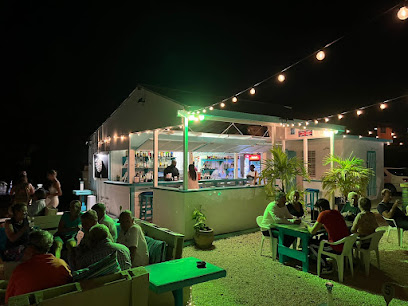
Kennedy's Classic Bar & Deli
Discover Kennedy's Classic Bar & Deli in St. John's, Antigua: Your go-to spot for drinks, casual bites, and a lively atmosphere.

The Locos Enterprise
Experience the vibrant Caribbean nightlife at The Locos Enterprise, Willikies' premier bar, offering cocktails, local brews, and unforgettable entertainment.
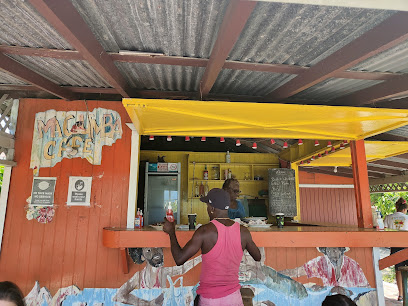
ROSEENS BAR
Discover the lively Roseens Bar in Liberta, where refreshing drinks and a vibrant atmosphere await every visitor.

Drunken duck
Experience the vibrant nightlife at Drunken Duck, a lively bar in St. John's offering great drinks, engaging events, and a welcoming atmosphere.

Local Phrases about Half Moon Bay
-
- HelloHello
[Hello] - GoodbyeGoodbye
[Goodbye] - YesYes
[Yes] - NoNo
[No] - Please/You're welcomePlease/You're welcome
[Please/You're welcome] - Thank youThank you
[Thank you] - Excuse me/SorryExcuse me/Sorry
[Excuse me/Sorry] - How are you?How are you?
[How are you?] - Fine. And you?Fine. And you?
[Fine. And you?] - Do you speak English?Do you speak English?
[Do you speak English?] - I don't understandI don't understand
[I don't understand]
- HelloHello
-
- I'd like to see the menu, pleaseI'd like to see the menu, please
[I'd like to see the menu, please] - I don't eat meatI don't eat meat
[I don't eat meat] - Cheers!Cheers!
[Cheers!] - I would like to pay, pleaseI would like to pay, please
[I would like to pay, please]
- I'd like to see the menu, pleaseI'd like to see the menu, please
-
- Help!Help!
[Help!] - Go away!Go away!
[Go away!] - Call the Police!Call the Police!
[Call the Police!] - Call a doctor!Call a doctor!
[Call a doctor!] - I'm lostI'm lost
[I'm lost] - I'm illI'm ill
[I'm ill]
- Help!Help!
-
- I'd like to buy...I'd like to buy...
[I'd like to buy...] - I'm just lookingI'm just looking
[I'm just looking] - How much is it?How much is it?
[How much is it?] - That's too expensiveThat's too expensive
[That's too expensive] - Can you lower the price?Can you lower the price?
[Can you lower the price?]
- I'd like to buy...I'd like to buy...
-
- What time is it?What time is it?
[What time is it?] - It's one o'clockIt's one o'clock
[It's one o'clock] - Half past (10)Half past (10)
[Half past (10)] - MorningMorning
[Morning] - AfternoonAfternoon
[Afternoon] - EveningEvening
[Evening] - YesterdayYesterday
[Yesterday] - TodayToday
[Today] - TomorrowTomorrow
[Tomorrow] - 11
[1] - 22
[2] - 33
[3] - 44
[4] - 55
[5] - 66
[6] - 77
[7] - 88
[8] - 99
[9] - 1010
[10]
- What time is it?What time is it?
-
- Where's a/the...?Where's a/the...?
[Where's a/the...?] - What's the address?What's the address?
[What's the address?] - Can you show me (on the map)?Can you show me (on the map)?
[Can you show me (on the map)?] - When's the next (bus)?When's the next (bus)?
[When's the next (bus)?] - A ticket (to ....)A ticket (to ....)
[A ticket (to ....)]
- Where's a/the...?Where's a/the...?
History of Half Moon Bay
-
Long before European settlers arrived, the area now known as Half Moon Bay was inhabited by the indigenous Arawak and Carib peoples. These early residents utilized the rich marine resources, establishing fishing communities along the coast. Pottery shards and artifacts have been found in the area, attesting to their presence and way of life.
-
In the late 15th and early 16th centuries, European explorers, including Christopher Columbus, began making their way through the Caribbean. Although Columbus did not specifically land at Half Moon Bay, his voyages opened the door for future European expeditions and settlements in Antigua and Barbuda. The bay became a strategic point for navigation and exploration.
-
The 17th century saw the establishment of British colonies on Antigua and Barbuda. Half Moon Bay, with its natural harbor, played a role in the development of the sugar industry, which became the economic backbone of the islands. Nearby plantations thrived, and the bay was used for shipping sugar and receiving supplies. Remnants of colonial buildings and plantation estates can still be seen in the vicinity.
-
During the 17th and 18th centuries, the Caribbean was a hotbed of pirate and privateer activity. Half Moon Bay, with its secluded location and natural shelter, provided an ideal hiding spot for these maritime marauders. Local legends speak of buried treasure and hidden coves used by infamous pirates such as Blackbeard and Calico Jack.
-
The strategic importance of Half Moon Bay continued into the 18th and 19th centuries as the British Royal Navy used the bay as an anchorage and lookout point. The natural defenses of the bay made it a valuable asset in monitoring and protecting the island from foreign naval threats. Evidence of old fortifications and lookout posts can be found in the area.
-
In the 20th century, Half Moon Bay transformed from a historical maritime hub into a popular tourist destination. Its pristine, crescent-shaped beach and crystal-clear waters attracted visitors from around the world. The bay became known for its natural beauty, offering activities such as snorkeling, swimming, and sunbathing. The area's historical significance adds to its charm, making it a must-visit location in Antigua and Barbuda.
Half Moon Bay Essentials
-
Half Moon Bay is located on the southeastern coast of Antigua in Antigua and Barbuda. The nearest international airport is V.C. Bird International Airport in St. John's, approximately 25 kilometers away. From the airport, you can take a taxi or rent a car to reach Half Moon Bay. The journey typically takes around 40 minutes. Alternatively, you can arrange for a private transfer or use shuttle services offered by some hotels.
-
While Half Moon Bay itself is best explored on foot due to its compact size, you may need transportation to explore the surrounding areas. Taxis are readily available and can be hired for day trips. Car rentals are also a popular option, providing the flexibility to explore Antigua at your own pace. Public buses operate on the island, but they can be infrequent and may not always be the most convenient option for tourists.
-
The official currency in Antigua and Barbuda is the Eastern Caribbean Dollar (XCD). However, US Dollars are widely accepted. Credit cards are commonly accepted in hotels, restaurants, and larger shops, but it is advisable to carry some cash for smaller establishments and local markets. ATMs are available in St. John's and other major towns, so it's wise to withdraw sufficient cash before heading to more remote areas like Half Moon Bay.
-
Half Moon Bay is generally a safe area for tourists. However, it is always prudent to take standard safety precautions. Avoid leaving your belongings unattended on the beach and be cautious when walking alone at night. While Antigua has a relatively low crime rate, it is recommended to stay vigilant and be aware of your surroundings. Avoid areas known for higher crime rates, such as certain neighborhoods in St. John's, especially after dark.
-
In case of emergency, dial 911 for immediate assistance. The nearest medical facilities are located in St. John's, including the Mount St. John's Medical Centre. It is recommended to have travel insurance that covers medical emergencies. For minor health issues, there are pharmacies in St. John's where you can purchase over-the-counter medications. Always keep emergency contact numbers handy and inform someone of your whereabouts if exploring remote areas.
-
Fashion: Do wear lightweight, casual clothing suitable for a tropical climate. Bring sun protection such as hats and sunscreen. Avoid wearing beachwear outside of beach areas. Religion: Do respect local customs and traditions. Public Transport: Do be patient and courteous when using public buses. Don't rely solely on public transport for time-sensitive travel. Greetings: Do greet people with a friendly 'Hello' or 'Good day'. A handshake is also common. Eating & Drinking: Do try local dishes and seafood. Don't refuse hospitality, as it is considered impolite. Always tip service staff, as it is customary.
-
To experience Half Moon Bay like a local, visit during the weekdays when the beach is less crowded. Bring a picnic and enjoy a meal under the shade of the palm trees. Engage with local vendors selling fresh coconut water and local snacks. Don't miss the opportunity to explore the nearby hiking trails offering stunning views of the coastline. For a truly local experience, attend a community event or festival if one is taking place during your visit.
Trending Landmarks in Half Moon Bay
-
Heritage Quay Complex
-
Nelson's Dockyard
-
Stingray City Antigua
-
Redcliffe Quay
-
Shirley Heights Lookout
-
Devil's Bridge National Park
-
Galleon Beach
-
Pigeon Point Beach
-
Sheer Rocks
-
The Blockhouse
-
VC Bird Monument
-
Dickenson Bay Beach
-
Museum of Antigua and Barbuda
-
Dow's Hill Interpretation Centre
-
Half Moon Bay Beach
Nearby Cities to Half Moon Bay
-
Things To Do in Codrington
-
Things To Do in English Harbour
-
Things To Do in Liberta
-
Things To Do in Falmouth
-
Things To Do in All Saints
-
Things To Do in St. John's
-
Things To Do in Bolands
-
Things To Do in Jolly Harbour
-
Things To Do in Dickenson Bay
-
Things To Do in Woodlands
-
Things To Do in Gingerland
-
Things To Do in Newcastle
-
Things To Do in Cotton Ground
-
Things To Do in Charlestown
-
Things To Do in Basseterre

